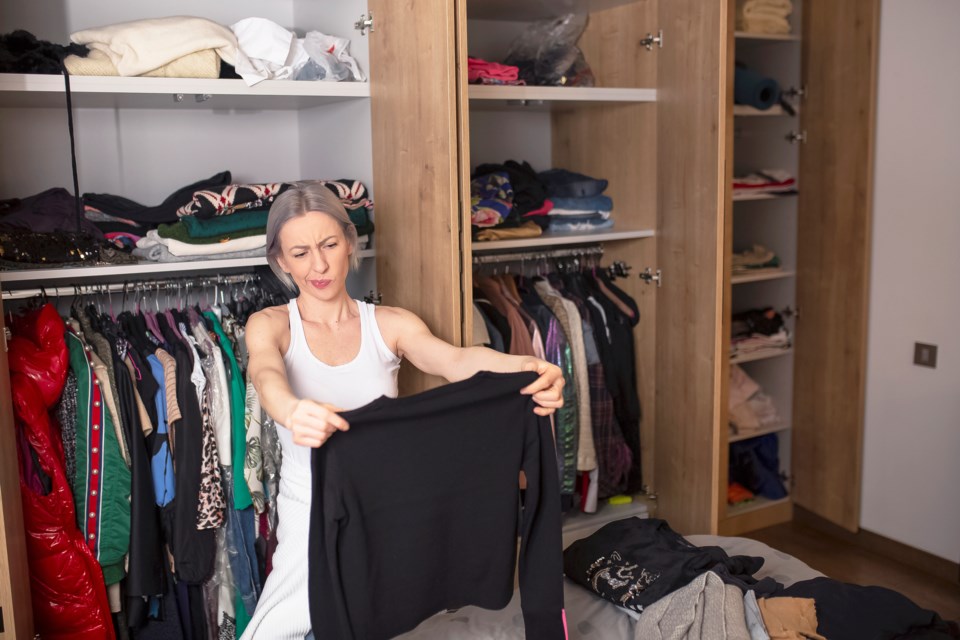The expression that ‘the state of our home reflects the state of our minds’ hits a sore spot in me because I don’t want it to be true. I feel grateful and grounded in my present state of mind most of the time, but I have to admit that when my house gets cluttered, I feel a certain amount of disharmony. I grew up in a certain amount of chaos and clutter and realize that I was never taught how to clean or specifically, minimalize.
As I get older, I have found that I am less tolerant of mess in my house, but my house seems to be more cluttered. I think that the various things I have collected since moving back to Canada have finally got to the point of overwhelming. As I look at things to purge, I realize that it didn’t get out of hand all at once but over many years. And if my stuff doesn’t have a particular place to be stored, it just accumulates on shelves and counters (and dressers and chairs…) until it is causing me stress. It is such an oxymoron because I keep things with memories attached, but they cause me stress when not stored in an organized way. And apparently storage experts are hoarders.
If I start organizing rather than purging then I just end up accumulating more stuff and struggle with where to put it (because all my storage is full) and the cycle continues. So now I am on a quest to discard. There are books written on this topic and I am wading through “The Lifechanging Art of Tidying Up” by Marie Kondo. I am also planning on reading “The Art of Discarding” by Nagisa Tatsumi.
In her book, Kondo says that the first thing to do is gather all your stuff by category, and then discard following her specific technique. The five categories are clothing, then books, then papers, followed by miscellaneous (junk drawer content, cords…) and then finally mementos.
She suggests starting with clothing – every scrap of it. Bring it all to the largest space in your home, which is usually the living room. Lay them all out by category: shirts, pants, dresses, sweaters… and then pick the ones that spark joy (that you love) but also fit you. Do not keep the clothes that have memories attached to them or you will have a closet full of memories but not much to wear. Sometimes we need to elicit the help of someone objective who will tell us how things look.
Try stuff on, create some outfits, take some pictures and then be willing to donate everything else. Having too much in our closet doesn’t help us when we are trying to put together an outfit and it continually causes us disharmony when we are trying to put clothes away, or rather stuff them away.
This process requires the most difficult first step of getting started so it is important to have support from an impartial and honest friend. I plan on getting the advice of my husband because his face cannot lie. If I ask him “Does this look good on me?” his expression will give me an honest answer.
The same process of spreading everything out and choosing only those that spark joy in you goes for all the other categories until you are only keeping the things that you love. She suggests getting rid of everything expired (vitamins, food, out of date anything, excess bedding...) I realize how many collections I have in my home, from new toothbrushes to too much bedding, to Tupperware, vitamins, magazines, books etc.
Claire Nielsen is a health coach, author, public speaker and founder of www.elixirforlife.ca. The information provided in the above article is for educational purposes only and is not a substitute for professional health and medical advice. Please consult a doctor, health-care provider or mental health practitioner if you're seeking medical advice, diagnoses and/or treatment.


